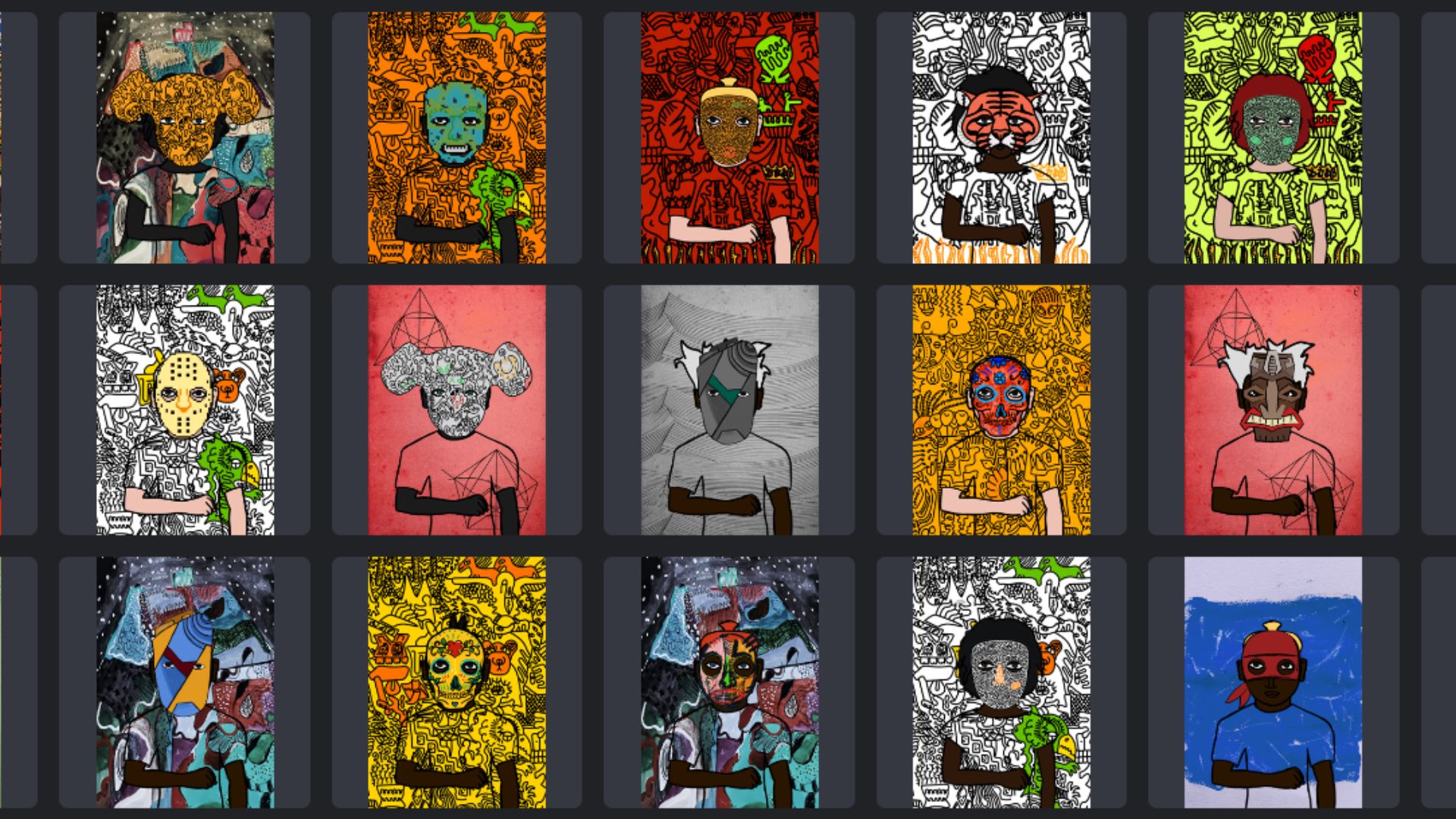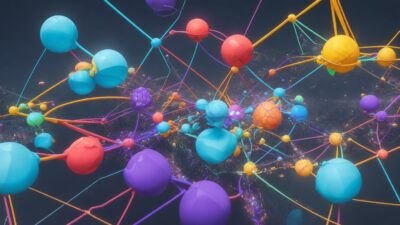Hashmasks: A New Paradigm in NFT Art

Introduction to Hashmasks
Hashmasks are a collection of digital artwork comprised of 16,384 unique portraits, created and released as NFTs (Non-Fungible Tokens) by an anonymous group of artists known as ‘Suum Cuique Labs’ from Zurich. They were pioneers in implementing a mechanic that allows token owners to contribute to their character’s names, adding an element of interaction and gamification to the process of NFT ownership.
What are NFTs?
NFTs, or Non-Fungible Tokens, are digital assets that use blockchain technology to establish uniqueness and authenticity. Each NFT is unique and cannot be replaced, making them perfect for representing rare or unique items, such as works of art.
The Uniqueness of Hashmasks
Each Hashmask is unique and has a range of distinctive features, such as skin color, background color, face type, and items. Moreover, Hashmasks also generate NCTs (Name Changing Tokens) over time, which can be used to rename your Hashmask. This feature adds an additional level of participation and interaction for NFT owners.
Hashmasks and Digital Art
Hashmasks have turned the world of digital art on its head. Their release in January 2021 created a significant buzz in the NFT community, and they are currently considered some of the most valuable and sought-after NFTs on the market. They have brought a new understanding of what digital art can be, introducing the concept of owning identity and uniqueness in the digital world.
Conclusion
Hashmasks have marked a significant point in the evolution of NFTs and digital art. They embody principles of uniqueness, ownership, and interaction, making them exceptionally appealing to collectors and art enthusiasts. With the advent of more innovations in the NFT sphere, Hashmasks and similar projects are expected to continue gaining popularity and influence.




